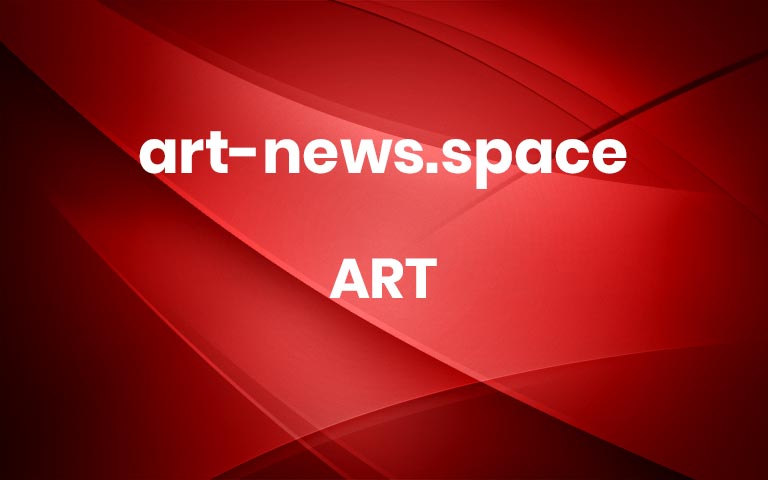public art
Subterms
More stories
163 Shares199 Views
in ArtMonumental Forms Ripple and Float in Leeroy New’s Sculptures Made from Discarded Plastics
138 Shares199 Views
in ArtVibrant Tiled Mosaics by Ememem Repair Gouged Pavement and Fractured Sidewalks
200 Shares99 Views
in ArtTrees Burst from 100 Elementary Desks in Hugh Hayden’s Installation Addressing the Disparities of Public Education
Art
#education
#installation
#public art
#sculpture
#woodFebruary 4, 2022Grace Ebert“Brier Patch” at Madison Square Park (2022). Image courtesy of the artist and Madison Square Park Conservancy, by Yasunori MatsuiFour lawns in New York’s Madison Square Park are now sites of a sprawling and insightful public installation by artist Hugh Hayden. On view through April 24, “Brier Patch” is comprised of 100 small wraparound desks arranged in neat grids evocative of an elementary classroom. Each cedar sculpture is distinct with barren, bark-covered branches bursting from their seats or tabletops, creating a snarled explosion of limbs and twigs that’s impossible to permeate.Similar to his thorny dining sets in material and aesthetic, the metaphorical works speak to the inequities of education and cite the inherent barriers to achievement. The installation’s name references the tangled mass of prickly vegetation, an environment that’s only hospitable to some. It also draws on the stories of the trickster Br’er Rabbit, a folklore tradition that originated in West and Southern Africa before being repackaged as Joel Chandler Harris’s Uncle Remus stories. In those tales, the rabbit outwits his foes and finds refuge in the largely inaccessible thicket.In addition to “Brier Patch,” Hayden’s Boogey Men, a solo show responding to cultural issues and a harsh political environment, is on view through April 17 in Miami. Explore more of the Dallas-born artist’s works on his website and Instagram.“Brier Patch” at Madison Square Park (2022). Image courtesy of the artist and Madison Square Park Conservancy, by Yasunori Matsui“Brier Patch” at Madison Square Park (2022). Image courtesy of the artist and Madison Square Park Conservancy, by Yasunori Matsui“Brier Patch” at Madison Square Park (2022). Image courtesy of the artist and Madison Square Park Conservancy, by Yasunori Matsui“Brier Patch” at Madison Square Park (2022). Image courtesy of the artist and Madison Square Park Conservancy, by Yasunori MatsuiHayden creating “Brier Patch “at Showman Fabricators (2021). Image courtesy of the artist and Madison Square Park Conservancy, by Yasunori MatsuiHayden installing “Brier Patch” (2022). Image courtesy of the artist and Madison Square Park Conservancy, by Rashmi Gill
#education
#installation
#public art
#sculpture
#woodDo stories and artists like this matter to you? Become a Colossal Member and support independent arts publishing. Join a community of like-minded readers who are passionate about contemporary art, help support our interview series, gain access to partner discounts, and much more. Join now! Share this story More188 Shares159 Views
in ArtA Trompe L’oeil Mural by Shozy Imagines a 3D Architectural Addition to an Apartment Building
Art
#architecture
#mural
#public art
#trompe l’oeilJanuary 28, 2022Grace EbertAll images courtesy of Urban Morpho Genesis, shared with permissionA concrete apartment building in Solnechnodolsk, Russia, seems to have added balconies, windows, and a few extra rooms in a trippy new mural by artist Danila Shmelev, aka Shozy. Created for the Urban Morpho Genesis festival, the massive optical illusion appears as a three-dimensional construction that juts out from the complex, despite lying flat on the corner walls. The Moscow-born artist says:In Russia, we are all accustomed to the architecture of panel houses. Our eyes are so blurred that aesthetics are out of the question. With my work, I want to focus the viewer’s attention on a familiar landscape and show it from an unusual side, complementing the real ends of two five-story buildings with illusory geometry, so that they draw the eye of the viewer to the ordinary landscape, encouraging them to really consider it.You can find more from Shozy and the festival on Instagram, and shop smaller trompe l’oeil works on canvas on Hiya.
#architecture
#mural
#public art
#trompe l’oeilDo stories and artists like this matter to you? Become a Colossal Member and support independent arts publishing. Join a community of like-minded readers who are passionate about contemporary art, help support our interview series, gain access to partner discounts, and much more. Join now! Share this story More


